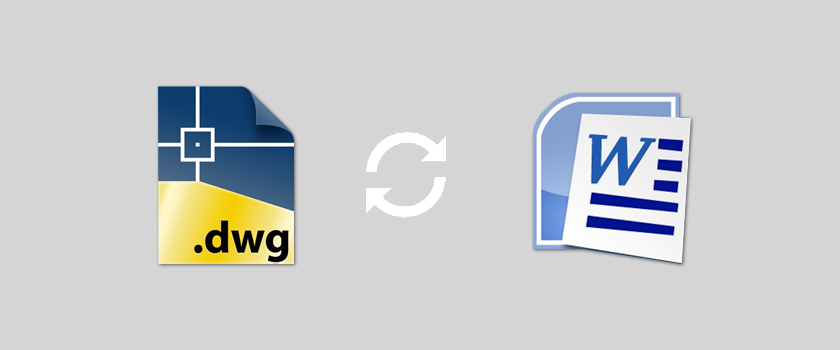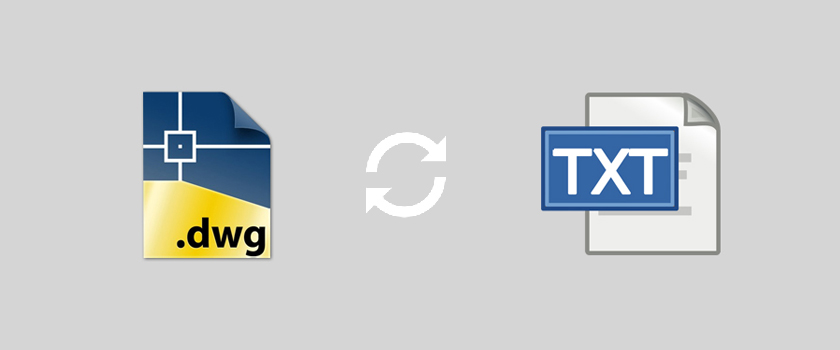It is said that communication is the key to establishing connections across borders. But this communication will only make connections if it is understood by the parties involved, and this is where translation comes in. Professional translation services not only deliver the right translation of content, but they also ensure a company is able to transition easily into the target market.
To explore the future of translation services and its impact on the upcoming world, one should notice how quickly it’s making its place globally today. To increase business productivity, new translation tools are being employed by translation companies worldwide. Some tools such as CAT (Computer-Aided Translation) and AI (Artificial Intelligence) are already being used by linguists across the world to reduce translation errors. Although human translation is still common these days, machine translation is rapidly replacing human translation, posing a job threat for thousands of linguists and translators.
Nevertheless, the future of translation holds immense opportunities for companies seeking to make a name for themselves in foreign markets. Here is a look at the future of translation:
In this digital age where people have no time and there is a high demand for fast and accurate results, the use of the latest technology to translate languages is a must. Estimating by the continual industrial and commercial progress of countries, it is projected that 2020 will bring a revenue of USD 45 billion approximately. Of course, to keep up with this demand, the translation companies need a higher technology that is cheap, quick, precise, and accurate.
While it is true that brands need to make their names in international markets, many companies require more than a simple word-to-word translation of their content. This is why it is expected that in the future, most of the translation will be done by using advanced technologies. In a bid to translate a large amount of content, translation companies are jumping on the bandwagon to reduce translation-related errors by using advanced translation tools and software so that the translations can be delivered accurately with a faster turnaround.
Going automatic these days is the need of the hour. In translation services too, this trend has manifested itself and the addition of automatic translators has helped in saving both costs and time. Although many translation agencies are already using automatic tools for translating their projects, it is expected that in the future, whole translation systems will rely on automatic systems which will be much quicker and cheaper.
Software such as CAT and AI are already providing assistance in translating language automatically which gives time to experts to work on the creative portion of the work. The traditional process of translation typically involves manual exporting and importing of files into a CMS, preparation of files for translation, and emailing files between translators and developers. Automated translation can simplify this entire workflow through an easy automated system. It is hoped that the future of automated translation will bring tools that would provide simpler access to previous work and translation memories.
Furthermore, it is also hoped that an automated function would track the updated material required for translation which may reduce the time required to proofread every translation.
Machine translation is an automated translation system which does not need any introduction when it comes to discussing the latest technology in the translation industry. Granted, it is not easy, even for machine translation services to translate more than 7000 languages and dialects accurately right now, as such accuracy and amount of work requires a complete understanding and knowledge of artificial intelligence. Such accuracy and precision is expected from translation agencies which can deliver reliable translation services with faster turnaround.
Moreover, judging by the increasing speed by which the internet is increasing in use, even in villages, the future of translation will involve greater adoption of artificial intelligence tools and systems. As translation companies spread their operations further and increase their project turnarounds, it is expected that the future will bring greater translation accuracy and precision with greater emphasis on a fast turnaround.
As technological advances become more rapid, the need to store large amounts of data is becoming more prevalent. To store and recover the lost data, cloud-based technologies are already in use by individuals, such as Dropbox. The web-based services did not provide such a large amount of storage space, with no chances of data recovery.
This led to the need for a cloud-based technology that would store large amounts of data. Cloud-based technology provides greater communication between translation agencies and protects the documents from cyber-attacks. Perhaps the biggest benefit that cloud-based technology lends is the availability of data—a translator is able to acquire saved data from any part of the world without having to download it, with 100% data privacy and access for use in translation projects.
When the future of translation is discussed, the enhancement and growth of translation agencies are also taken into consideration. As companies spread their operations to other countries in a bid to capture those markets, translation companies need to keep up with the changing demands of businesses. As a result of the growth in international business ventures, it is projected that approximately USD 45 billion will be spent on translation companies in 2020. And in order to ensure the translation process employed by these agencies is quicker and cheaper, artificial intelligence tools are being used with machine technology.
Furthermore, automatic translation platforms have also made their way in the translating field such as “Google translator, Amazon translator, and Microsoft translator” which have been in high use in the last 2 years owing to their accuracy and precision.
Another reason for the success of automated tools is the use of NMT (Neural Machine Translation) which has the ability to generate a huge amount of linguistic data with the help of search engines, E-commerce sites, and social networks.
The world of translation is a constantly changing one, and recently, a shift in the world of translation has been seen, as companies are eliminating thousands of jobs of employees working in the language translation field owing to machine translation.
As the work demands increase and more translation projects are needed on time, it is evident that human translation cannot keep up the pace with the work. The latest technology has given birth to a completely new idea in the language translating world, which is easier, faster, flawless, less-expensive, more appealing, and with additional features. As a matter of fact, this shift is now a demand for language translating service providers, people, and international organizations.
The main challenge for these technologies, however, is to translate large contents accurately. A flaw associated with this technology is that it is unable to translate those languages which are less in “demand” or are translated fewer times internationally. Although human translation will not completely go out of demand in the future, most of the translated work will be generated through machine translation.
The translation companies worldwide have to go through some hurdles in the process of translation. Although the advanced technological translating system can translate a number of languages and language pairs that are based on small pieces of content, it cannot translate all the languages of the world.
To add one new language to a product requires time and millions of dollars. These problems can be resolved by making improvements in cloud based-technology and machine translation systems. Granted, English is among the most spoken languages on the internet, but less than a third of assessed 4 billion online operators speak the English language.
Furthermore, languages that have many dialects such as Indian (720 dialects, dozens of distinct scripts, and more than 20 languages) pose a problem for the translation companies worldwide. In the future, it is hoped that automatic translation systems are able to translate long-tailed contents of data to provide precise and accurate results.
Where these translating machines provide the highly precise meaning of many languages, it also creates confusion in translating languages of various different subjects and their fields, for example in medical language word “protocol” refers to the steps for treating a patient whereas it has a different meaning in politics.
Similarly, in telecommunication, the protocol is used to refer to how data needs to be altered between two telecommunication firms such as Orange and Verizon. In the medical field, as the majority of work is being digitalized, the demand for quick and perfect translation that may fill a communication gap between doctors and patients will be increased; therefore, a translating system with high-quality features is the requirement for the future.
The world of translation is a vast one and the demand for translated content is bound to increase in the future. With the right technology and the support of expert linguistics, the provision of professional translation services is a step that will be easy to take. Nevertheless, the future of translation technologies also holds potential opportunities for growth that is likely to be witnessed, given the pace of technological advances and adoption by translation agencies.

dwg: It means a drawing file save format created by AutoCAD, and now has been the standard format of 2D
Read More
Mars Translation can help you extract the texts in a DWG file and convert them into a Word file so
Read More
dwg: It means a drawing file save format created by AutoCAD, and now has been the standard format of 2D
Read More
dwg: It means a drawing file save format created by AutoCAD, and now has been the standard format of 2D
Read More
AutoCAD blocks A block is an object that combines one or more single entity object. Operated as an individual complete object,
Read More
What is a file formate A file format is a standard way that information is encoded for storage in a computer
Read More
Software 1. AutoCAD 2015 - English 2. PDF virtual printer, such as Adobe Acrobat, PDF factory, or CutePDF. Step-by-Step 1. Open the CAD file,
Read More
Plot style table is used to control the color, line width and other effects. In the layer manager, every layer
Read More
The following layers can't be deleted: 1. Layer 0 and Layer Defpoints that are default layers. 2. The current active layer. To
Read More


Document Translation
Professional document translation by native expertsApp Localization
Get more downloads by adapting your app for different target marketsVideo Translation
Multilingual translation and subtitling servicesWebsite Localization
Adapt your website into multiple contexts for global reachSoftware Localization
Adapt your software for global usersGame Localization
Reach new players with localized gameplayMTPE
Refine AI translations for natural fluencyBusiness Translation
Professional translation for business documents and websitesDTP & File Conversion
Professional DTP and File conversion, supporting multiple file formatsProofreading
Perfect your content with expert review© Copyright 2026 MarsTranslation